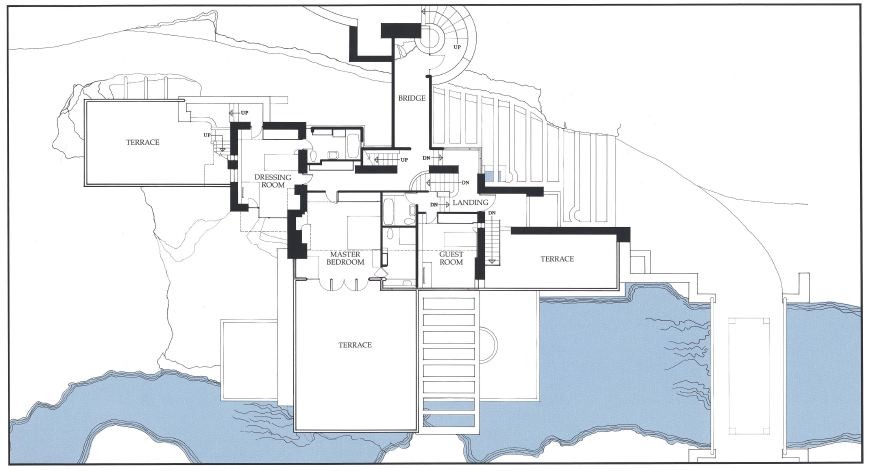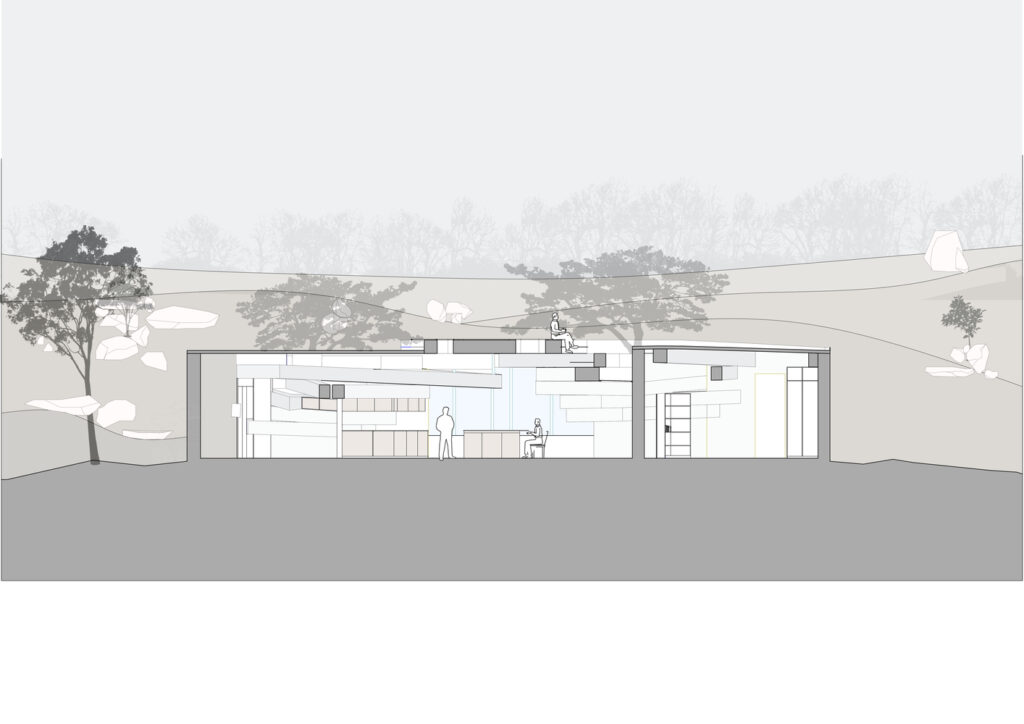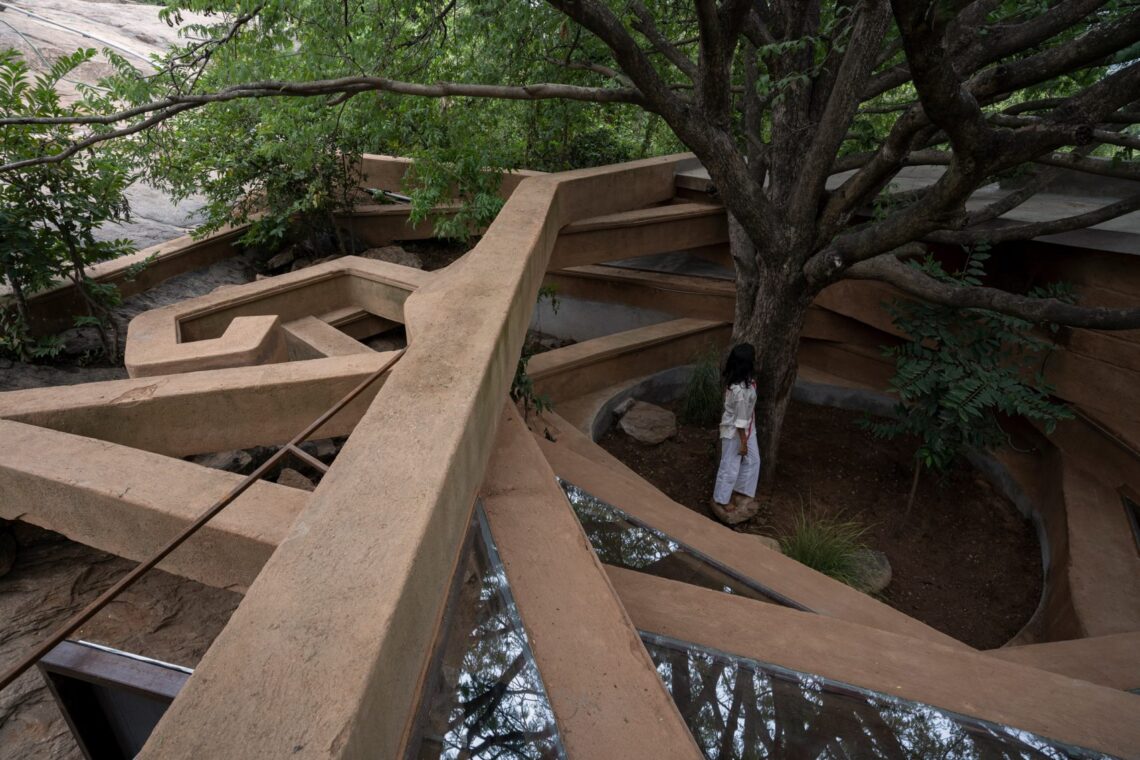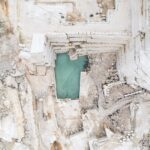“We are just beginning to make a transition from conventional forms of design, with the destructive environmental impacts they entail, to ecologically sound forms of design.” – Van Der Ryn and Stuart Cowan.
As an architectural design student, I found the chapter “Introduction to Ecological Design” from the book Ecological Design by Sim Van Der Ryn and Stuart Cowan quite fascinating. The authors discuss themes like interweaving nature and human interventions, and also the shortcomings of Architecture on a primary scale like altered topography that leads to erosion and impact on the immediate watershed, displacement of wildlife, altercations caused by the various finishes used during construction, etc. I agree with their standpoint in terms of how conventional architecture alters the ecosystem and I firmly believe that with an expanding population and therefore, an increase in demand for infrastructure, the need to adopt ecological design is increasing progressively.
We define ecological design as “any form of design that minimizes environmentally destructive impacts by integrating itself with living processes.” (Ryn and Cowan, 2007, p33) Going by their definition of ecological design, I am glad that Architecture as a field has slowly begun its transition from conventional forms to ecologically sound forms of design. For example, ‘Falling Waters’, a house designed by Architect Frank Llyod Wright redefined the relationship between man, architecture, and nature (Perez, n.d.). This project set a benchmark for Architecture enthusiasts by integrating the design of the house with the existing waterfall. The house is built to compliment the site and Wright, inspired by Japanese Architecture, intended to blur the lines between the “outside” and the “inside”. The house, without altering the topography around it, manages to cater to the requisite functionality and offers candid views of the thick vegetation outside with cantilevered terraces.


One more such example is that of a residence called ‘Chuzhi House’ in India, designed by the architectural firm Wallmakers. The spiraling home is partly embedded in a steep and rocky site that had previously been overlooked as a “waste space” and considered unsuitable for a building. (Crook, 2023) With a challenging topography of the rocky terrains and the intent to not dissuade from the same, the house situates itself in accordance with the existing vegetation. Chuzhi is described by Wallmakers as a piece of “camouflage architecture”, meaning it is intended to blend in with the landscape, rather than dominate it. (Crook, 2023) The project promotes ecological design not just in the design, but also in the materiality of the construction. Chuzhi house’s spiraling elements were partly constructed with 4,000 concrete-filled plastic bottles, which were placed around the trees on the site and covered with earth. The bottles had been dumped within a two-kilometer radius of the site and collected by Wallmakers in the lead-up to the project in the hope they could be reused. (Crook, 2023) The materiality of the interiors encompasses sustainable materials like reclaimed wood and woven rattan for furniture. The walls are finished with exposed earth plaster that not only adds to the raw aesthetic but is also non-toxic and biodegradable.


There are still many ecological factors to be taken into consideration like the displacement of the fauna and the altercations caused by the building services like water supply, electricity, drainage, etc. However, these projects emulate an earnest attempt at minimizing the environmental impacts caused by construction and even an honest take at incorporating themes such as upcycling and reusing.
Bibliography –
Van Der Ryn, Sim, and Stuart Cowan. Ecological Design, Tenth Anniversary Edition. 10th Anniversary edition. Island Press, 2013.
ArchDaily. “Gallery of AD Classics: Fallingwater House / Frank Lloyd Wright – 9,” n.d. Available at – https://www.archdaily.com/60022/ad-classics-fallingwater-frank-lloyd-wright/5037dde028ba0d599b00008f-ad-classics-fallingwater-frank-lloyd-wright-second-floor-plan?next_project=no.
Crook, Lizzie. “Sculptural House in India Resembles ‘Snake Curling up under a Rock.’” Dezeen, March 14, 2023. Available at – https://www.dezeen.com/2023/03/10/chuzhi-house-snake-india-wallmakers/.







